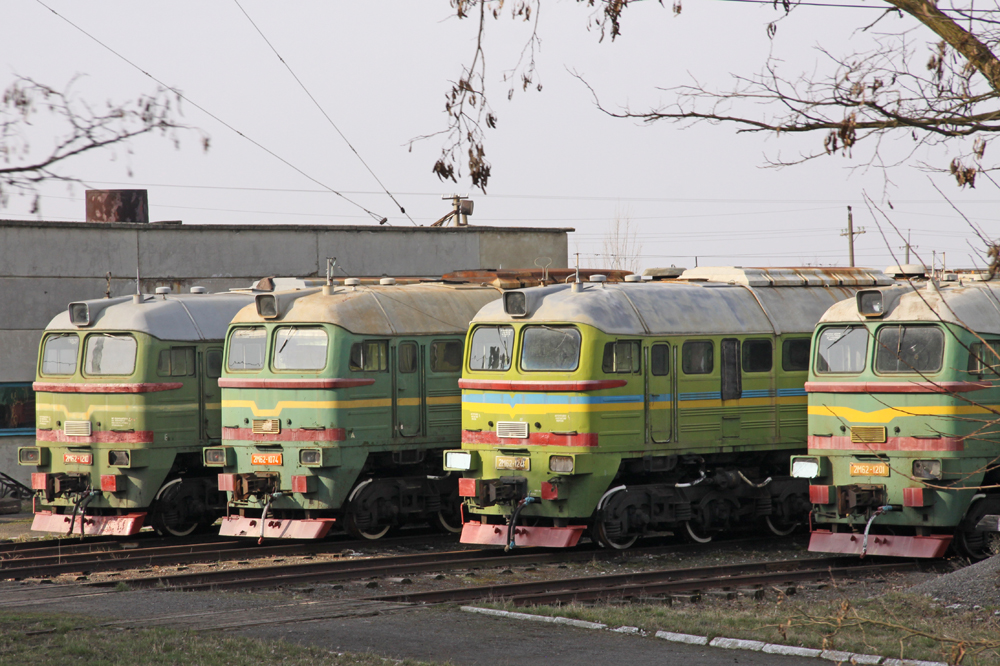
KYIV, Ukraine — Memorial stones and plaques are common at railway stations around the world, commemorating rail history, anniversaries, or rail employees who died in service. On Feb. 24, at the central station in Kyiv, Ukraine’s capital, a new memorial was unveiled to the 353 Ukrainian railway workers who had been killed during the first year of Russia’s full scale invasion of Ukraine, which began exactly a year before.
Unveiling the memorial, which will be enhanced with a sculpture planned once the war has ended, Oleksandr Kamyshin, chairman of Ukrainian Railways (UZ or Ukrzaliznytsia), also revealed another 819 employees had been injured by Russian attacks on the rail system. He added that 9,874 UZ employees were currently serving in the country’s armed forces.
Rail lines become lifelines
On Feb. 24, 2022, Russian forces attacked Ukraine from multiple directions, including neighboring Belarus and from the Crimean Peninsula in the south of Ukraine, occupied in 2014 by Russian forces and subsequently illegally annexed. The buildup of Russian forces over the months leading up to the assault had relied on rail transport, with Russian state rail company RZD operating hundreds of special trains in Russia to move troops and equipment.
Once the invasion started, Ukrainian Railways became vital to the survival of civilians, evacuating millions — mainly women and children — to the west of the country, with many continuing on to western Europe, via Poland and Germany in particular. UZ also became vital to the forces defending against the invasion, moving troops and equipment, and this role has continued.
The railway system was an early target for Russian air and missile attacks. Early in the conflict, on April 8, 2022, a Russian missile attack using cluster bomb munitions killed 60 civilians, including seven children, at Kramatorsk station in eastern Ukraine; hundreds more were injured as they awaited an evacuation train out of the war zone [see “Missile strike on Ukraine rail station kills 57,” Trains News Wire, April 11, 2022]
After the initial shock of invasion and the successful defence of Kyiv, the Ukrainian military pushed back Russian forces in multiple locations during 2022. In all cases, damage to the rail network in the areas liberated from occupation has been significant, with bridges destroyed and, in some cases, entire railway lines mined. UZ has not only repaired damage but quickly restarted passenger services linking formerly occupied cities to the rest of the country [see “Ukraine rail update: Trains return …,” News Wire, Nov. 21, 2022]
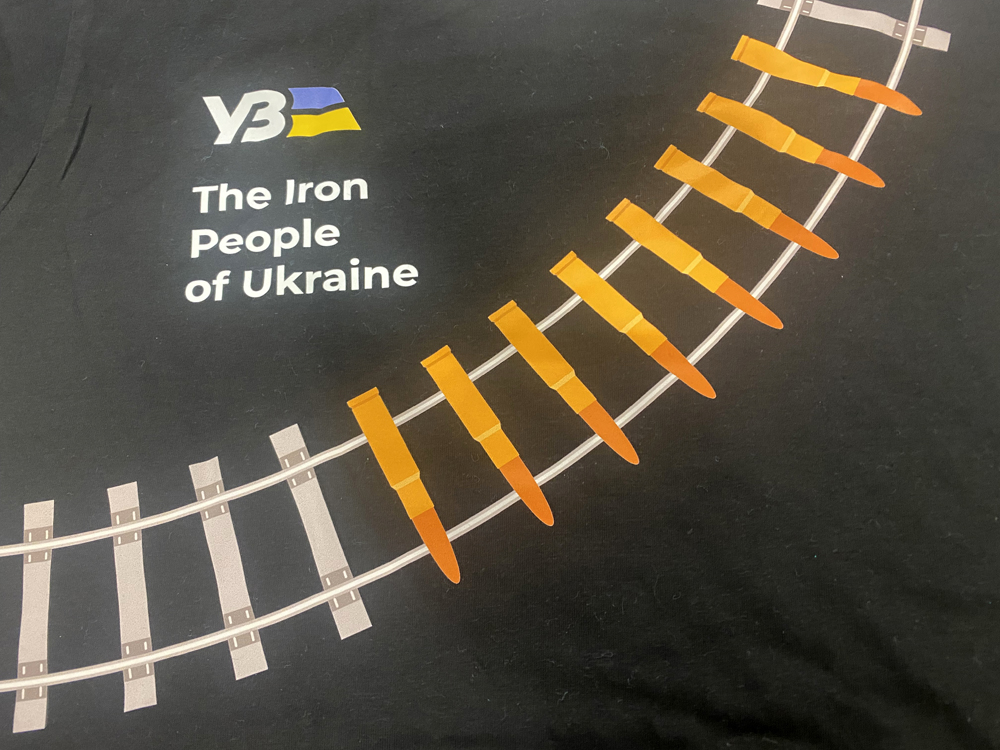
UZ and its employees have become known as the “Iron People of Ukraine” as a result of their efforts to keep the railway open. UZ has also reopened railway lines, long closed or abandoned, connecting Ukraine to its western neighbors. Three such cross-border routes have reopened in 2023. In January, the Rakhiv-Berlebash line connecting Ukraine with Romania opened; UZ had repaired its tracks by last summer but it took several more months to reopen the Romanian section, providing access to the major Black Sea port of Constanta. And on Feb. 17, UZ and its Polish counterpart PKP reopened two lines, totalling more than 40 miles, connecting the west of Ukraine with routes in eastern Poland. Around half of the track has been laid as dual gauge (5 foot and standard gauge).
A significant flow of humanitarian and other aid has come by rail from Europe into Ukraine. In the other direction, Ukrainian products, in particular grain and other cereals, have been exported by rail in greater quantities than before following Russian naval blockades of Ukrainian ports on the Black Sea, although a deal brokered by the United Nations has also allowed some exports by ship as well [see “Europe’s railways help move Ukraine’s grain,” News Wire, Sept. 2, 2022].
Most of UZ’s main rail lines are electrified, and Russian missile strikes have frequently targeted the electrical substations that provide power, as well as power plants, sometimes even in the far west near the border with Poland. UZ has adapted to these attacks by positioning diesel locomotives, mostly older units, in key locations; when needed, these can haul electric trains stranded by temporary loss of power. UZ claims it has yet to cancel a single long-distance passenger train despite the repeated Russian attacks. Some have arrived several hours later, however.
‘Rail Force One’ takes Biden to Kyiv
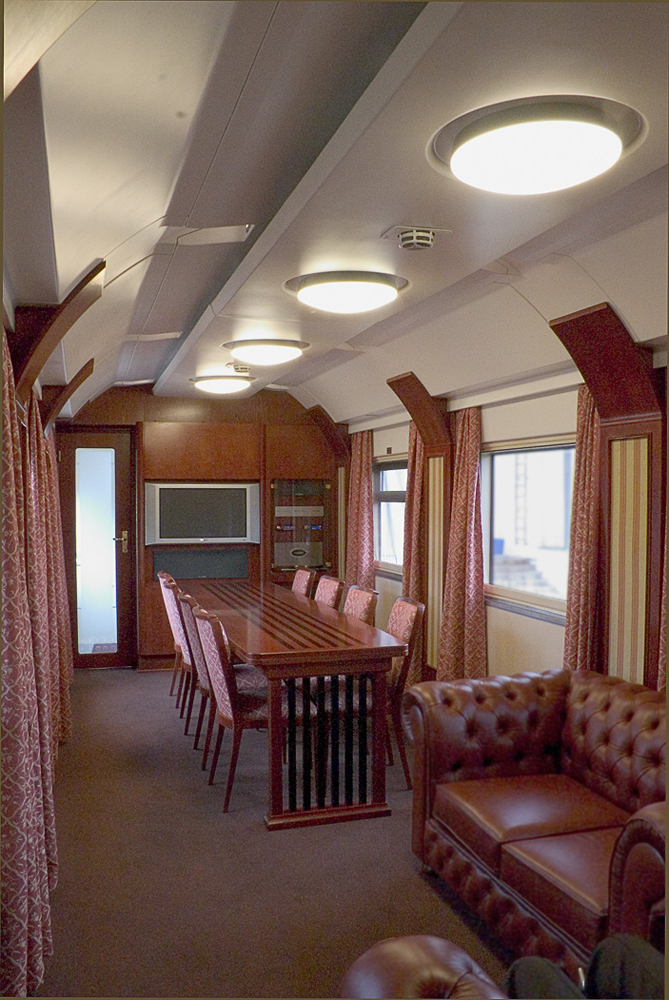
UZ has also been vital to Ukraine’s diplomatic efforts to bring leaders of allied nations to Kyiv, operating its VIP saloon train from the border with Poland to and from the Capital. The train – often operated at night — is much safer from possible Russian attack than flying which is very hazardous. In the course of 2023 the leaders of almost all Europe’s countries, plus the European Union took the train to Kyiv, some of them more than once. The distance from the Polish border, combined with the fact UZ now runs all its trains slower to minimize casualties if a train encounters damage or is attacked, means that the VIP visitors spend around 10 hours each way on the train and normally much less time in Kyiv itself. UZ has gone to great trouble to ensure its “Iron Diplomacy” — as it calls it — helps the country’s war effort. Visiting VIPs are treated to good food and security arrangements.
U.S. President Joe Biden took the train from Przemyśl, Poland, to visit Ukrainian President Volodymyr Zelenskiy on Feb. 20 Playing on the name of the aircraft Biden usually uses to travel, this led UZ to nickname the VIP saloon “Rail Force One.” The car was built in 2005 by Polish train builder Pesa Bydgoszcz and is equipped with two bedrooms and a conference room. The car runs on special trucks that can change from the 5-foot gauge used in Ukraine to the standard gauge used in Europe, although currently this feature probably isn’t being used. Before the war the car was based in the western city of Lviv. Pesa has also supplied one of the cars being used as a mobile command post by UZ, a single-car DMU originally built in 2004.
Rail Ukrainization planned
The war is far from over, with many military commentators forecasting it could last the remainder of the year and perhaps much longer. However, that is not stopping Ukraine’s government from planning for the postwar future, which it sees as very clearly as part of Europe, with membership of the European Union as a goal, although this is unlikely to be achieved anytime soon.
Just before the war’s first anniversary, on Feb. 21, UZ announced a major program to remove Russian and Soviet legacies from the rail network. Kamyshin, the UZ chairman, said, “It is time to fully Ukrainianize the railway,” explaining, “It’s time to finally get rid of the Soviet and imperial past, which permeated the Ukrainian railway for more than 100 years, and throw everything that binds us and prevents us from developing into the dustbin of history.”
What this means in detail is set out on this UZ website, in Ukrainian but translatable by browsers. The program involves much more than removing Russian-language names or Soviet memorials, although that is part of it. UZ plans to restructure its railways, removing historical links such as the fact railway mileages are calculated from Moscow, as the Soviet rail system was run from there, Instead, new mileage markers will record distances from Kyiv; the first “zero” distance marker has been installed already. Two of its operating divisions – known as the Southern and South Western railways — will be renamed, as these were the old Soviet names; the “Southern Railway” is actually in the north of Ukraine! A public vote for new names is planned.
UZ has also announced that its ticket system – currently in Ukrainian and Russian — will be modernized with tickets in future to use Ukrainian, along with English as a language most visitors can understand if they cannot read the Cyrillic alphabet.
Signalling systems using Russian technology will be replaced progressively with new European standard systems. Discussions with the European Union have already begun about building some dual (standard and 5-foot) gauge routes linking major cities and industrial centers with the rest of Europe, although — beyond short sections over the borders — nothing is likely to be done until the war ends.
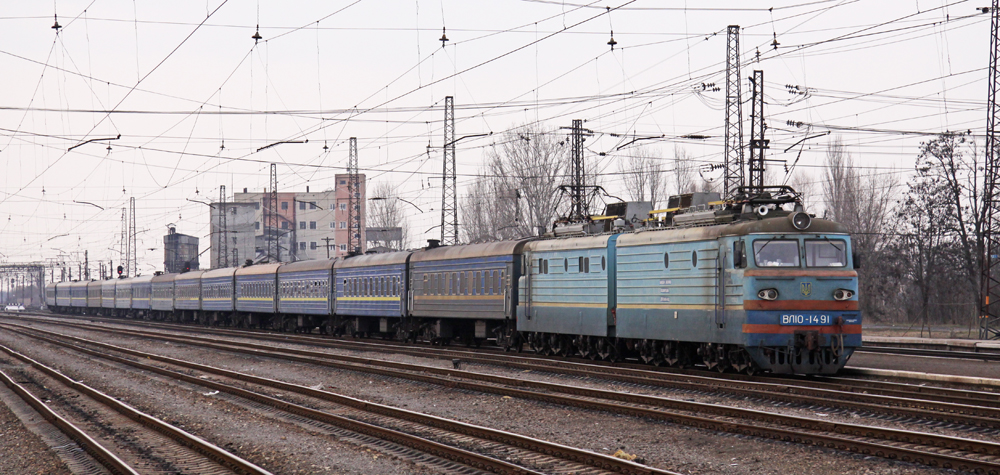







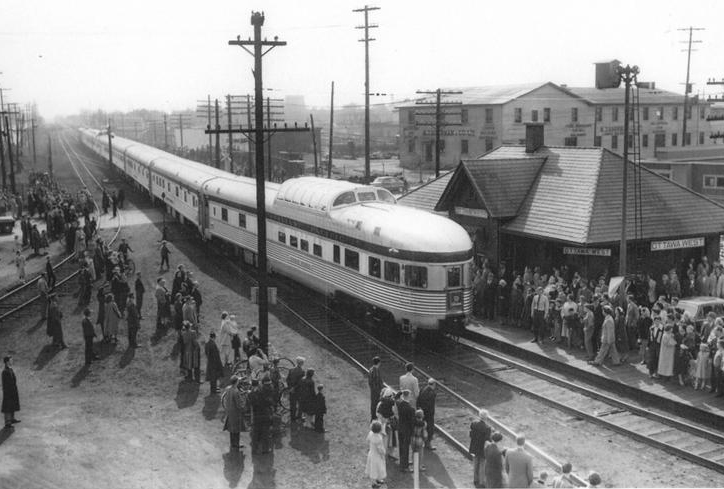

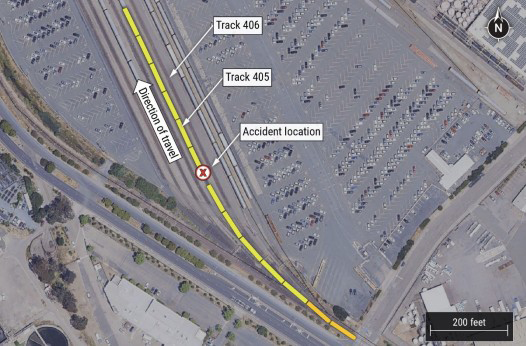




This once again shows the importance of having a unified and reliable network of rail lines in times of war, natural disasters and other emegencies that befall any nation. Railroads carry goods, supplies, armaments and weapons of war such as tanks and other armored vehicles as well as troops. Also the importance of reserve equipment ready for use. That includes any locomotives, old passenger equipment and freight cars that are ready for retirement or being phased out of service. If history tells us anything, the railroads are an important tool of war and look how the railroad played an important role during the American Civil War and also during both World Wars. The Ukraine wisely kept their rail lines running and preserved during peacetime and even put equipment not needed then in reserve and now that reserve equipment and locos and cars that were placed in storage are coming into use and playing an important role in the war and Ukraine’s brave and herioc fight against a brutal Russian offensive and a war that the Ukranian people do not derserve or asked for. Our European and Asian allies are way ahead of us when it comes to using basic, common sense solutions and ideas to solve problems or fight wars of aggression. In this country we foolishly either discard or scrap railroad equipment and rip up rail lines in the name of progress and modernization and pay the price later on while other nations wisely preserve what they have and know the value of a good thing. Americans are brash and reckless while Europeans are more proactive and do things in a more wiser and slower steady approach and method.
Joseph C. Markfelder
The Ukrainians have been smart, or lucky, or both, to protect their west flank between Kyiv and NATO, forcing the fighting to the east.
I have thoroughly enjoyed all of Mr.Fender’s detailed, factual, and up-to-date reports. His professional writing has educated me.